Reporter (PV): Could you please tell us why it is necessary and appropriate to organize a Regional Military Command when dissolving the District Military Command?
Senior Lieutenant General, Associate Professor, Dr. Tran Viet Khoa: Implementing the policy of streamlining the government apparatus, the Central Military Commission and the Ministry of National Defense have carefully studied the arrangement and reorganization of the local military agency system and found that when dissolving the district-level military command, it is necessary to organize the Regional Military Command. As Senior General Phan Van Giang, Politburo member, Deputy Secretary of the Central Military Commission, Minister of National Defense affirmed: When the district level no longer exists, the tasks of the district-level military command must be divided between the commune-level military command and the provincial military command. The Regional Military Command is not an administrative level but only a unit under the provincial military command, performing military and defense tasks, especially when situations arise. We must do well in peacetime but must calculate when situations arise... If we do not prepare, do not plan in advance, we will be surprised immediately, and when it comes to military and defense, we must prepare very carefully and firmly.
Regional defense is an important content in the strategy of national defense and people's security. When there is no longer a district-level military command, and at the same time, the merged provincial and communal levels have much larger areas and populations than before, it is very necessary to have a focal agency to coordinate, command the armed forces and organize regional defense operations; avoid leaving areas vacant, and avoid gaps in local armed forces management.
The BCHPTKV will undertake important functions such as: advising the provincial military command and local party committees and authorities on military and defense work; coordinating and cooperating between forces in regional defense (police, military , militia, border guards, etc.); organizing training, mobilization, and combat readiness (SSCD) when necessary.
It is expected that after the merger and reorganization, each province and city will arrange from 3 to 6 Regional Defense Commands (suitable for each locality, area, population and military and defense requirements...); after dissolving 696 district-level military commands, the whole country will establish 145 Regional Defense Commands. This is in line with the policy of streamlining, but still ensures the requirements of combat readiness, protecting the locality, maintaining the role of staff and command in case of national defense and security situations; ensuring the connection between the provincial and communal levels in organizing forces and performing defense tasks.
It can be affirmed that the organization of the Regional Defense Committee when dissolving the District Military Command is a strategic step, helping to continue maintaining a solid national defense posture and regional defense; not interrupting the leadership and direction of military and defense at the local level; in accordance with the new administrative organization conditions and the requirements of the task of protecting the Fatherland in the current period.
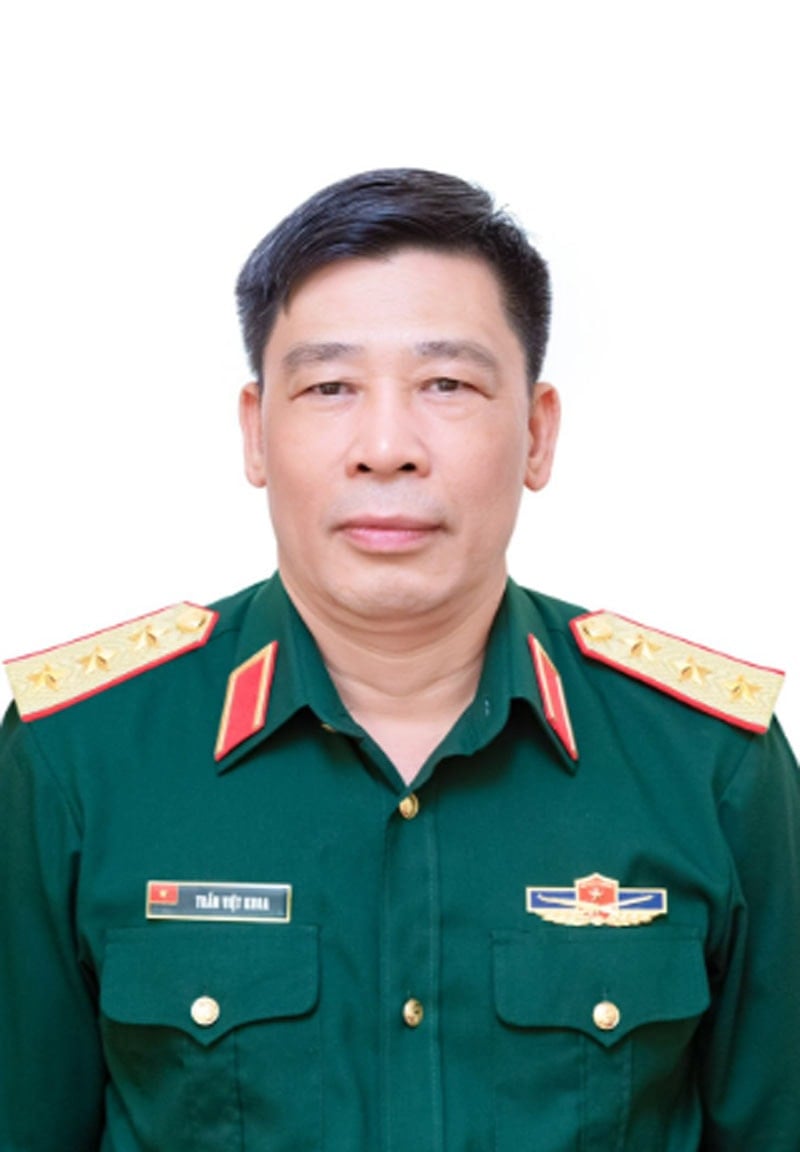 |
| Senior Lieutenant General, Associate Professor, Dr. Tran Viet Khoa. |
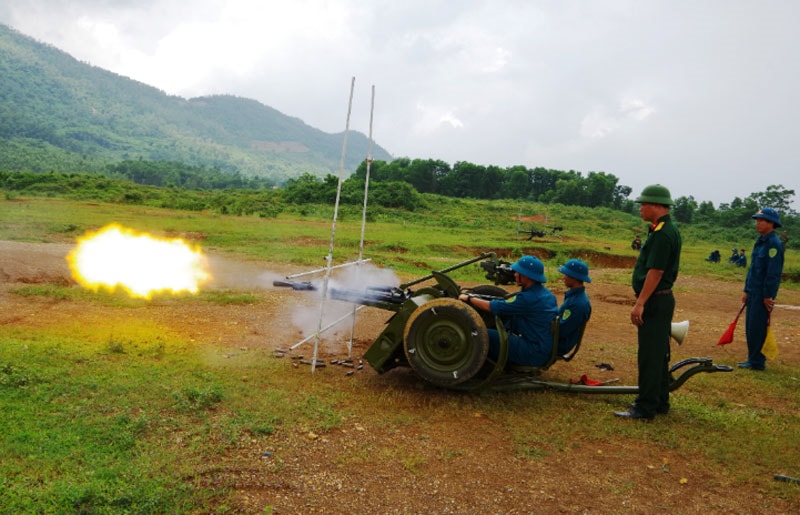 |
| Officers of the Gia Lam District Military Command ( Hanoi Capital Command) monitor and inspect the militia and self-defense forces practicing live ammunition firing. Photo: NGOC HAN |
PV: Why can we abolish district-level administrative units but not regional defense operations, comrade?
Senior Lieutenant General, Associate Professor, Dr. Tran Viet Khoa: District-level administrative units are government organizations to manage administration, population, economy, society... But regional defense operations are strategic military and defense tasks, not entirely dependent on administrative boundaries (even if administrative boundaries change, the area, people, infrastructure, and strategic positions still exist and must be tightly organized to protect).
Modern warfare can happen quickly, unexpectedly, and non-traditionally (such as cyber warfare, terrorism, riots, overthrows, etc.); therefore, every region needs a ready defense plan, unified command of forces to respond immediately, and cannot wait until war breaks out to re-establish the structure. If the regional defense command organization is abandoned when the district level is abandoned, it will create a strategic gap, with no forces ready to command and coordinate operations to protect the area.
Even though there is no longer a district level, forces such as: Militia; Reserve; Police, local army and military infrastructure system (warehouses, stations, defense works) still need an organization to command, coordinate and operate in the area. BCHPTKV is the unit that maintains combat command and cannot be abandoned.
Streamlining the administrative organization is for higher management efficiency and budget savings; but national defense cannot be "economical" if it causes loss of control of the area or loss of the combat readiness posture. Regional defense operations ensure the defense posture: "Connected - solid - widespread", so even if there are no more district-level administrative units, there must still be forces and defense operations mechanisms to meet the increasingly demanding requirements of the combat readiness mission to protect the Fatherland.
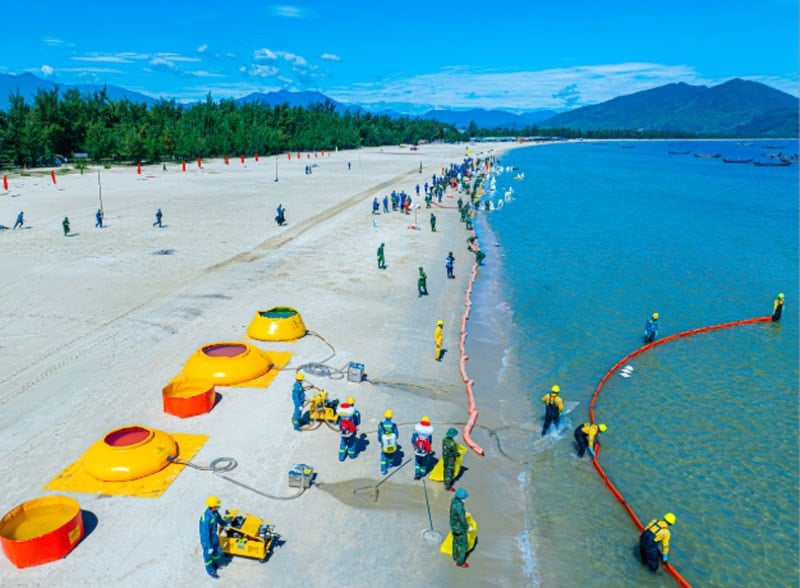 |
| Joint forces in a regional oil spill response exercise in Thua Thien Hue province, June 2024. Photo: LE QUANG DAO |
PV: According to you, what are the issues that need to be addressed in the organization and operation of the BCHPTKV?
Senior Lieutenant General, Associate Professor, Dr. Tran Viet Khoa: The establishment of the BCHPTKV is a strategic step in consolidating the national defense posture. However, for this model to be effective, it is necessary to solve some key issues in organization and operation.
First of all, the BCHPTKV is a new model, therefore, it is urgent to develop a system of legal documents specifying the organization, operating mechanism, functions, tasks, regimes, and policies; clarifying responsibilities, scope of activities, clearly defining command authority and working relationships with the provincial military command, commune-level military command, and local Party committees and authorities..., ensuring tightness, unity, and synchronization; avoiding overlap and passivity, especially in directing operations.
Second, select and arrange cadres and officers with sufficient capacity and qualifications, especially key cadres of the BCHPTKV (priority should be given to officers who have been military officers at the district level), ensuring "elite soldiers, strong cadres". Immediately organize training courses, unify work contents; at the same time, research and supplement the content and training program for BCHPTKV cadres, and include them in the training programs of military schools.
Third, there is a step-by-step investment plan for the BCHPTKV, such as ensuring headquarters, barracks, equipment, national defense budget combined with local budget according to a clear roadmap; prioritizing key strategic areas. There is a policy to support public housing for officers and professional soldiers, especially in difficult areas, to "settle down and work with peace of mind".
Fourth, regional defense operations require coordination between many forces: Army, police, militia, medical...; without smooth coordination, the requirement of "solid, interconnected defense" will not be met. Therefore, it is necessary to develop specific inter-sectoral coordination regulations; develop a defense operation plan, closely coordinate and regularly organize drills to master the command-coordination mechanism. The goal is to build the Regional Command Center into a real nucleus in organizing the interconnected regional defense posture.
Fifth, strengthen the direction, guidance and inspection of functional agencies towards the BCHPTKV, promptly reward units that perform well, at the same time learn from experience, overcome limitations; build pilot models for replication.
Thus, for the BCHPTKV to operate effectively, we must "organize correctly - arrange correctly - support correctly - coordinate correctly - evaluate correctly". At the same time, we must step up propaganda work so that the entire political system and the people understand and agree with the activities of the BCHPTKV.
PV: When communes, wards, and special zones have important tasks regarding military and defense, how will the Regional Military Command Board assist the commune-level Military Command Board, comrade?
Senior Lieutenant General, Associate Professor, Dr. Tran Viet Khoa: The Regional Military Command is the direct and closest command level to the commune-level military force. When a commune, ward, or special zone has important military and defense tasks such as building a system of documents, training and combat plans, combat readiness plans, drills, handling military and defense situations, etc., the Regional Military Command will directly command or send officers to support, direct, and provide professional military guidance, especially for commune-level military officers who do not have enough experience.
In my opinion, under normal conditions, the Central Military Commission supports the commune level in developing annual military and defense plans; planning training, exercises, combat inspections, and cadre training; approving combat readiness and exercise plans of communes, wards, and special zones.
When an emergency situation occurs, such as riots, disturbances, natural disasters, etc., the BCHPTKV sends a command unit to grasp the situation and direct and guide the adjustment of plans and options; advises the Party Committee and the commune-level government on the assignment of forces, arrangement of formations, etc.; coordinates the mobilization of militia and self-defense forces, and coordinates with other forces, etc. to handle the situation effectively. In complicated situations involving many communes, wards, and special zones in the area, the BCHPTKV will directly mobilize forces according to the approved plan; command rescue and combat to protect the area; coordinate with higher-level agencies to handle the situation; act as the focal point for coordination in the entire area, ensuring synchronization and avoiding overlap. The BCHPTKV can mobilize forces from other communes, wards, and special zones in the area to support the affected locality.
The BCHPTKV also has the role of inspecting, supervising, and urging the commune-level military command in organizing training and combat readiness; managing weapons, equipment, and militia and self-defense forces; and implementing directives from superiors.
In short, the Provincial Military Command is the “extended arm” of the provincial military command in managing, directing, and supporting communes, wards, and special zones in carrying out military and defense tasks. The Provincial Military Command does not replace the role of the commune military command, but ensures that communes, wards, and special zones are guided, supported, and commanded effectively, especially in complex and urgent situations related to military and defense.
PV: Thank you very much, comrade!
HUY QUANG (performed)
*Please visit the National Defense and Security section to see related news and articles.
Source: https://baodaknong.vn/giai-the-ban-chqs-cap-huyen-thanh-lap-ban-chi-huy-phong-thu-khu-vuc-lam-tot-thoi-binh-nhung-phai-tinh-den-khi-co-tinh-huong-255881.html










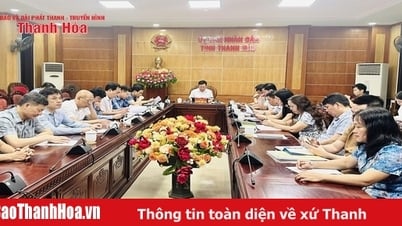





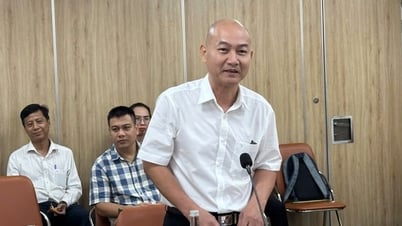







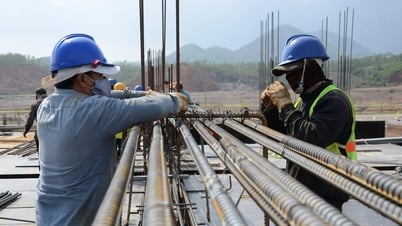
























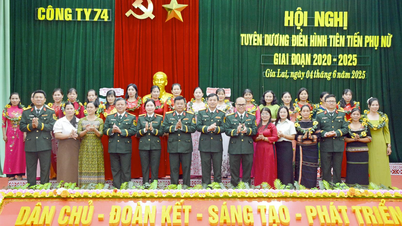







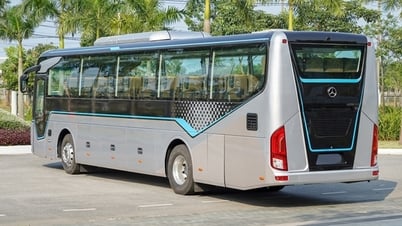








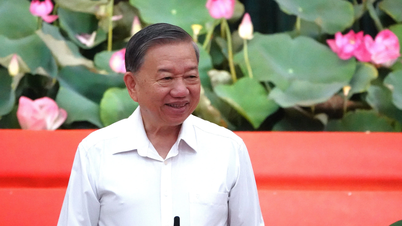
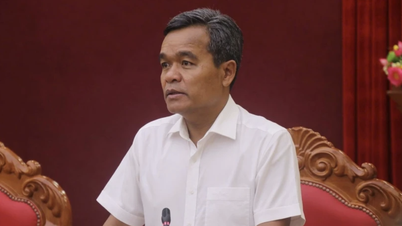
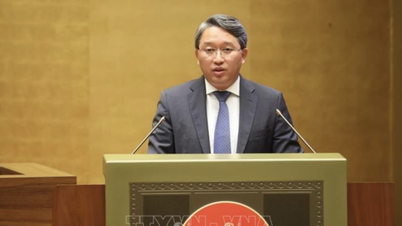




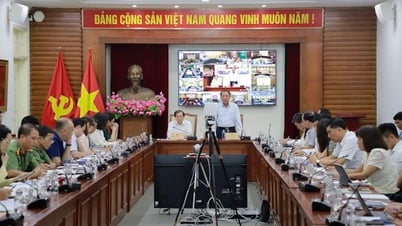
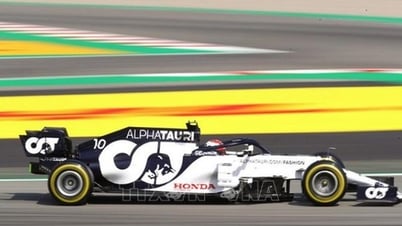
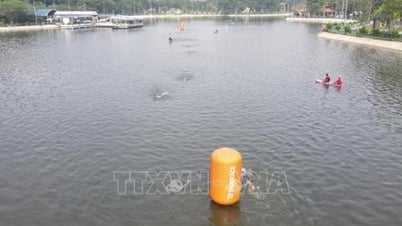



















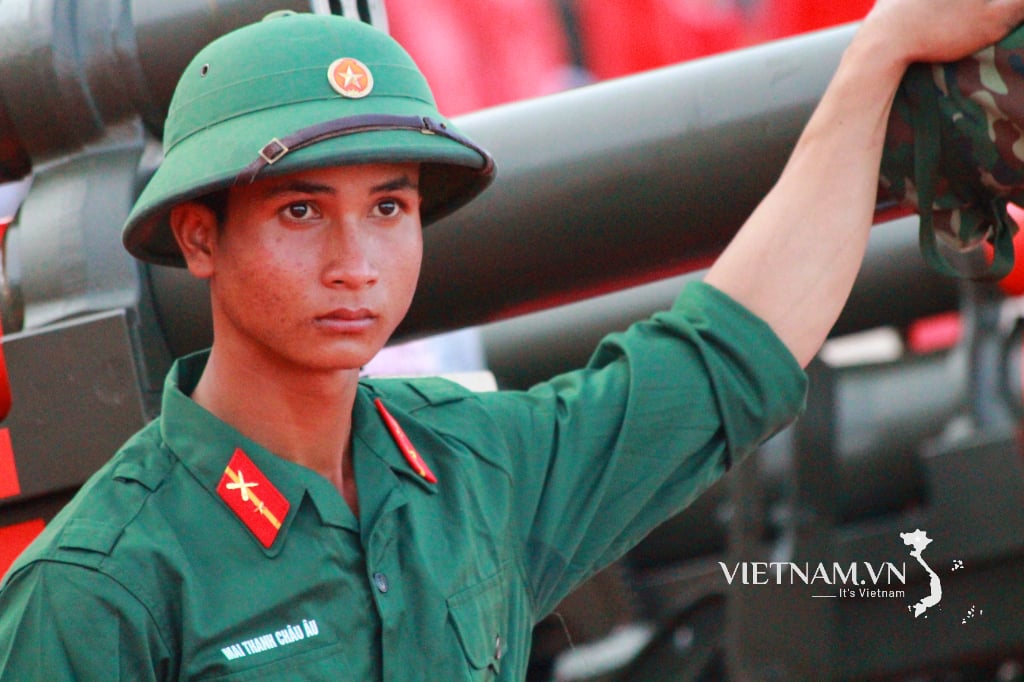


Comment (0)